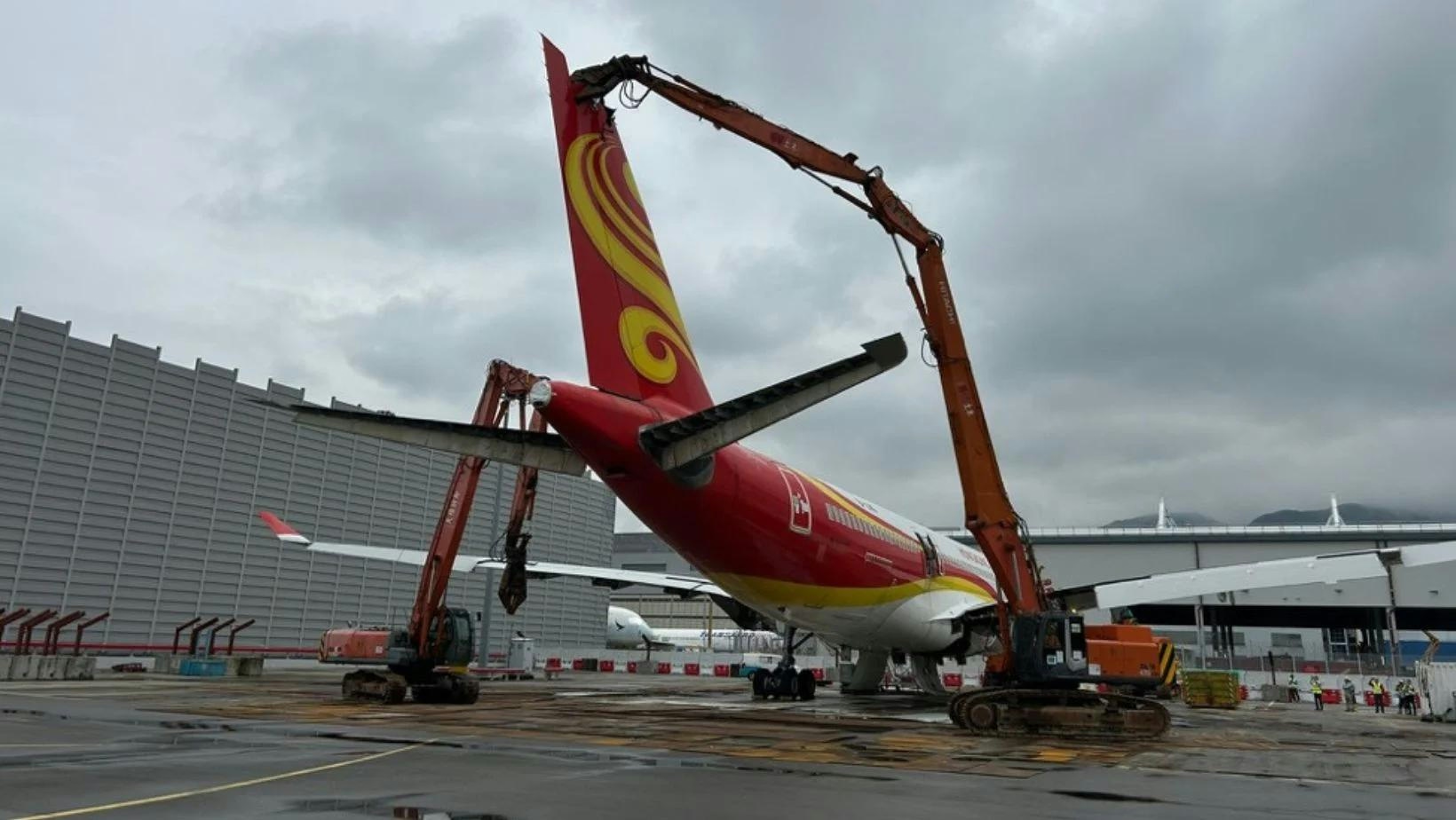
Smarter email, faster business.
Trending
Next-Generation Overhauls Pose Challenges for Lessors and MROs

Next-Generation Overhauls Pose Challenges for Lessors and MROs
Rising Complexity in Engine Leasing and Maintenance
The aviation industry is confronting significant challenges as it transitions to next-generation aircraft engines, particularly for lessors and maintenance, repair, and overhaul (MRO) providers. The uncertainty surrounding overhaul costs and the operational durability of these advanced powerplants complicates investment decisions. SMBC Aero Engine Lease (SAEL), which now holds 75% of its portfolio in new-technology engines, exemplifies this cautious stance. Roger Welaratne, SAEL’s Managing Director, warned that investing in assets such as the CFM Leap and Pratt & Whitney geared turbofan (GTF) requires a “strong stomach,” reflecting the financial risks involved.
At Aviation Week’s Engine Leasing Trading and Finance Europe event in London, Welaratne addressed industry speculation regarding the maintenance profile of the Leap engine. While some suggest it may require more frequent but less costly maintenance than its predecessor, the CFM56, Welaratne emphasized the contrary. “Once they open the engine, you open your checkbook,” he stated, underscoring the absence of quick or inexpensive repair options for these latest engine models.
Market Pressures and Operational Constraints
The challenges facing lessors and MROs are further intensified by soaring demand for leased midlife engines, which has driven lease rates upward and extended overhaul timelines. The market for midlife powerplants is becoming increasingly competitive, with supply chain disruptions and persistent durability issues adding complexity. This constrained supply environment compels lessors and MROs to operate under high liquidity demands. Industry estimates indicate that the market demand for new-generation engine leasing approaches $20 billion, placing considerable financial pressure on all stakeholders.
Next-generation engines like the Leap and GTF are expected to dominate future fleets. Aviation Week forecasts that by 2029, these new-generation engines will outnumber current-generation models, with shop visits surpassing those of older engines by 2032. However, several obstacles remain before MRO providers can fully leverage these platforms. Julius Bogusevicius, head of engines at FL Technics, highlighted that current repair solutions for new-generation engines are limited. Much of the MRO work involves replacing old parts with new ones, offering minimal opportunities for value-added services beyond basic labor.
Strategic Implications for Lessors and MRO Providers
In contrast, MRO providers anticipate a longer period of demand for repair services related to established engines such as the CFM56 and V2500. The limited availability of repair options for newer engines restricts MROs’ ability to differentiate their offerings and expand their business. Additionally, the industry faces mounting pressure to expand its workforce to meet the technical demands of next-generation engines while navigating the competitive dynamics of a tight midlife engine market.
As lessors and MROs assess the risks and opportunities associated with investing in next-generation assets, the sector is poised for intensified competition and evolving market strategies. These developments are driven by constrained supply, elevated liquidity requirements, and the ongoing advancement of engine technology.
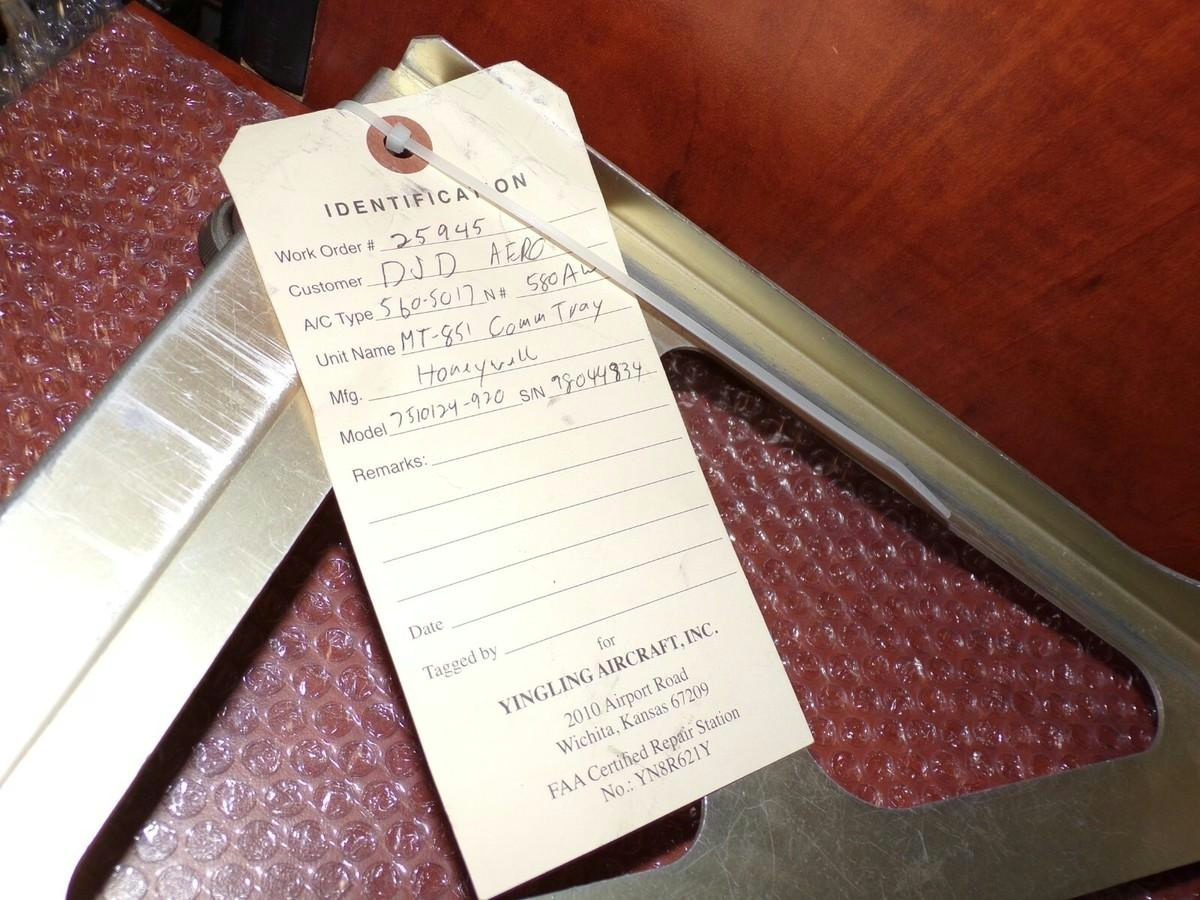
Yingling Aviation Named Authorized Honeywell Dealer
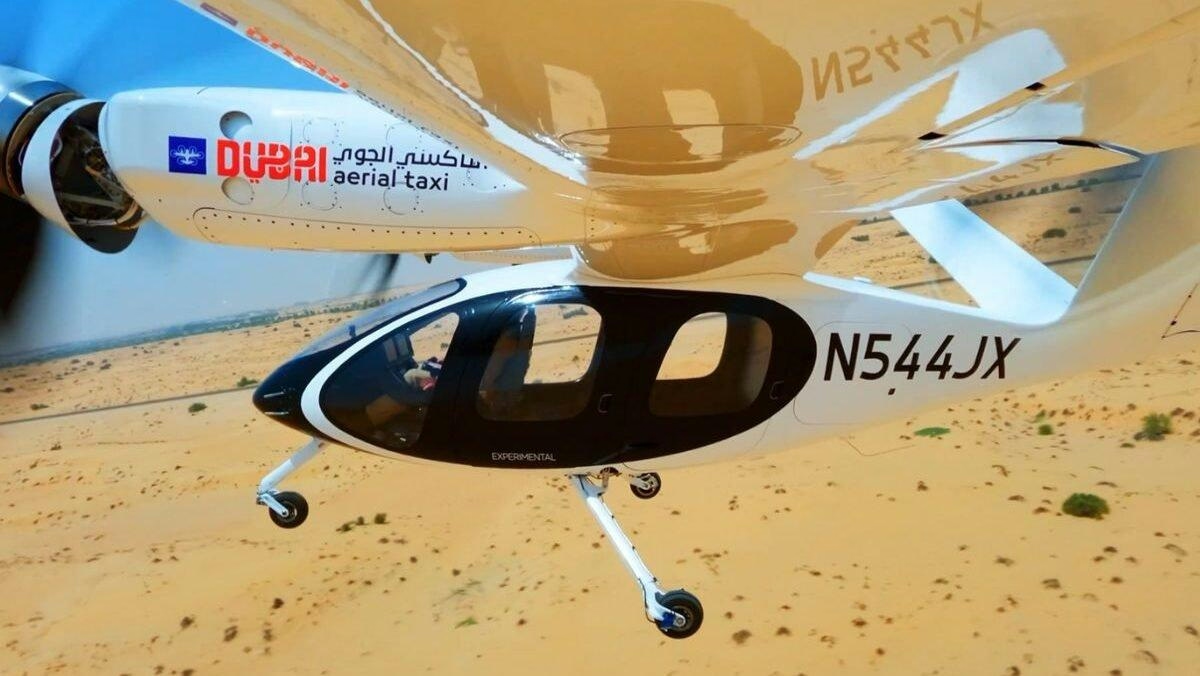
Does Joby Aviation's Milestone in Dubai Point Toward Further Growth?
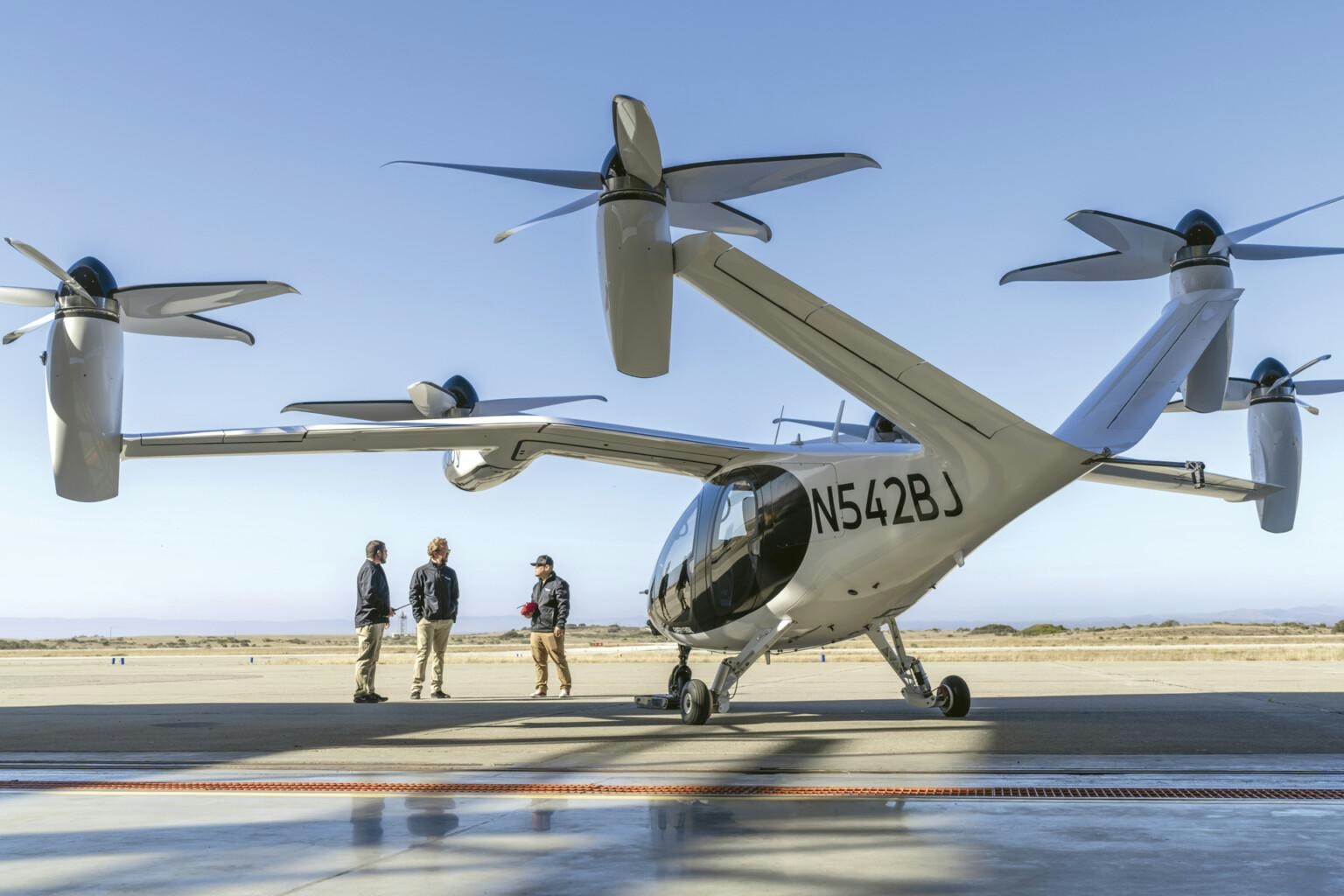
New Invention Promises to Eliminate Airplane Emissions in Country
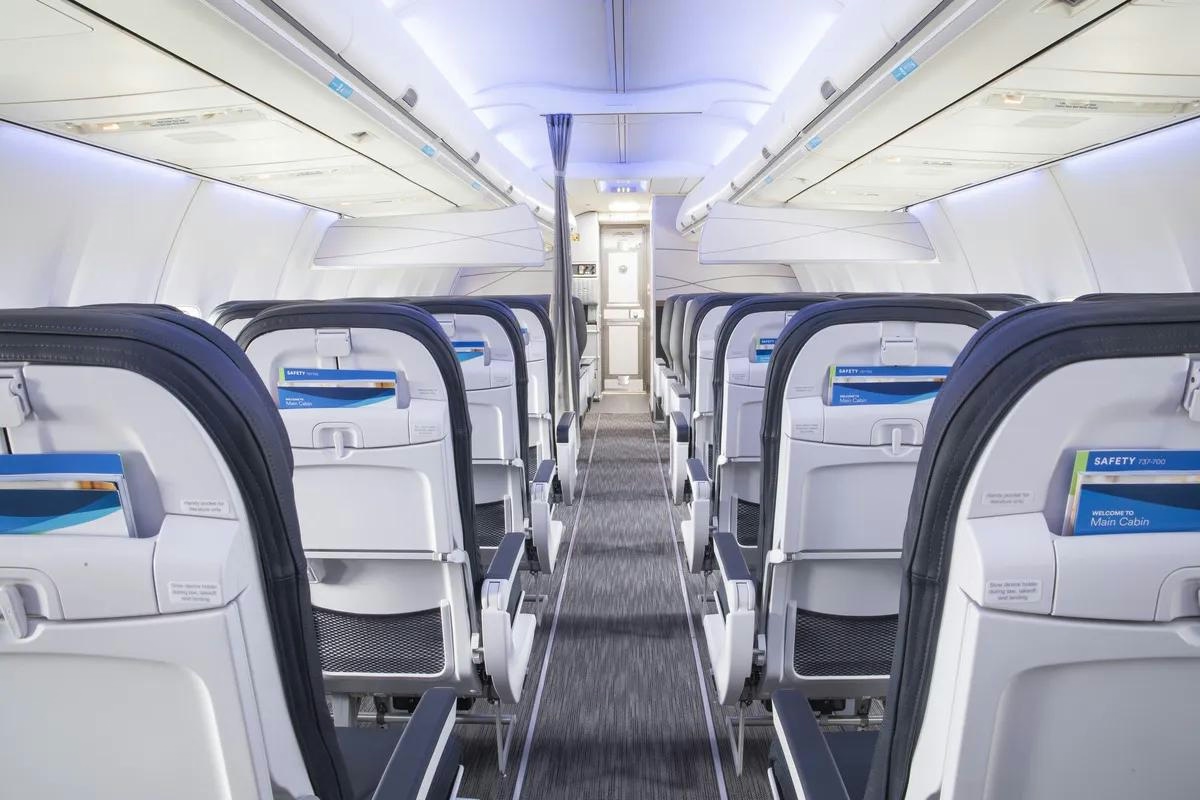
Key Questions on Chinese Travel, AI, and Airlines Answered by Skift
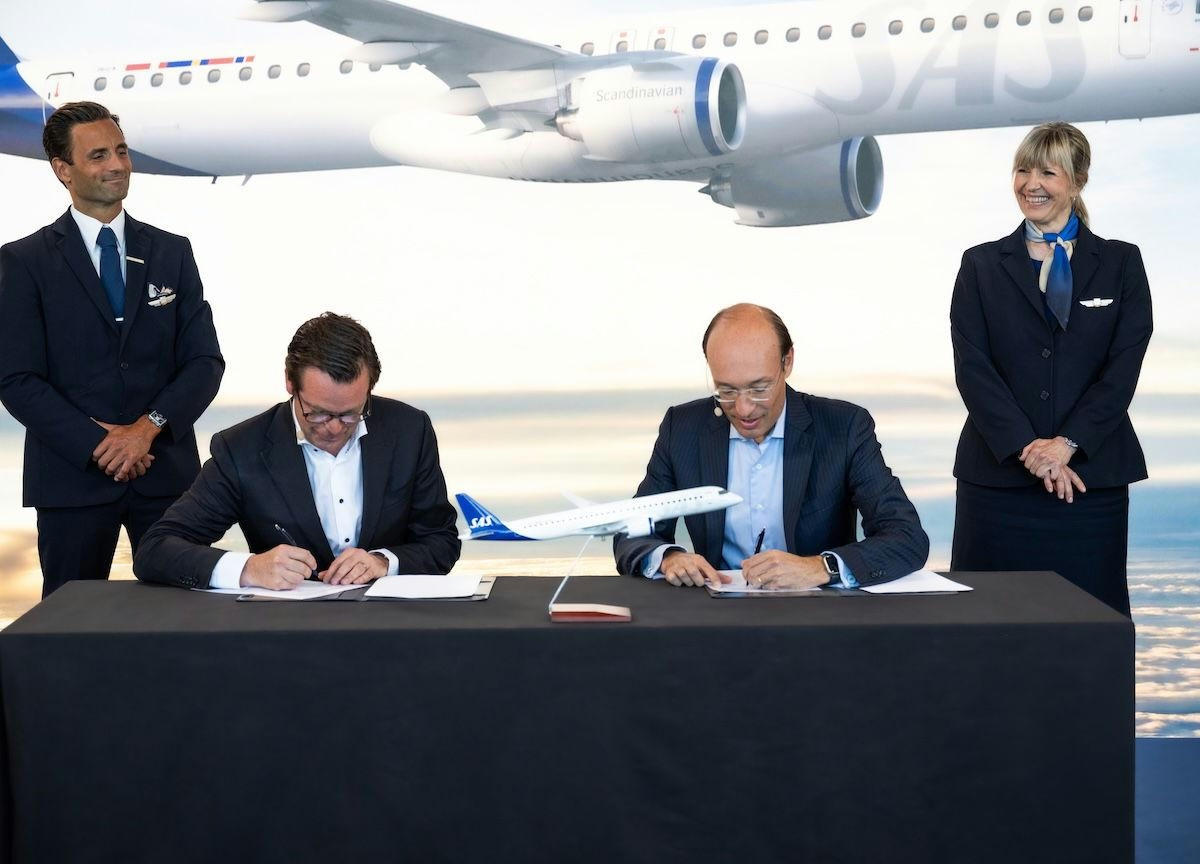
SAS Orders Up to 55 Embraer E195-E2 Jets
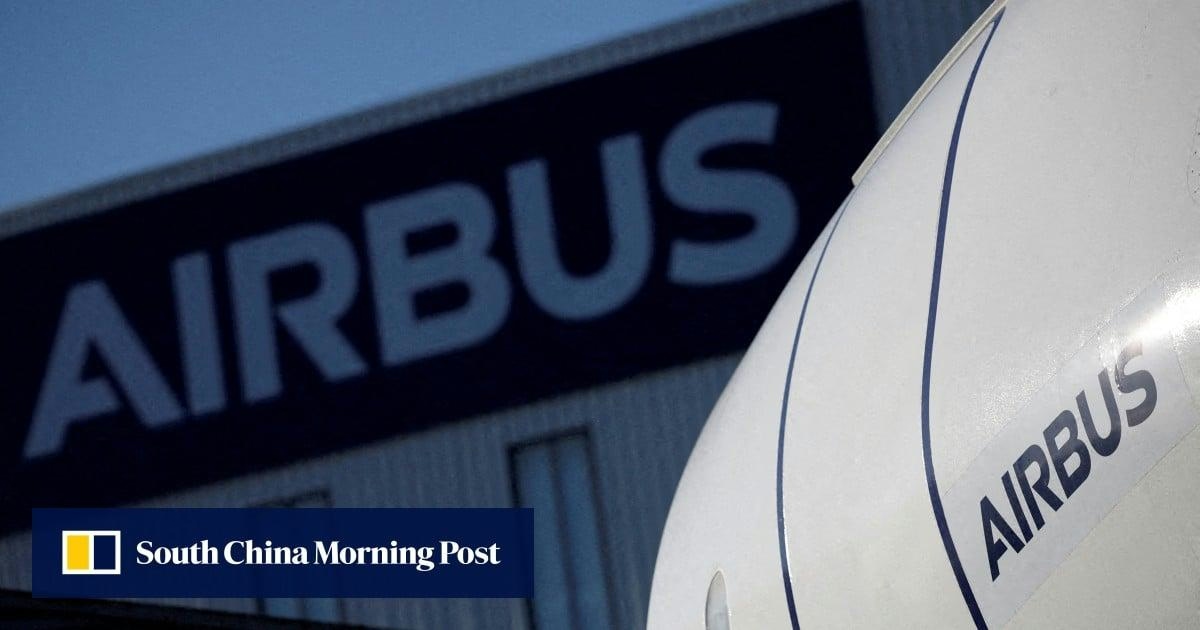
China edges closer to Airbus mega-deal, leaving Boeing out in the cold: analysts
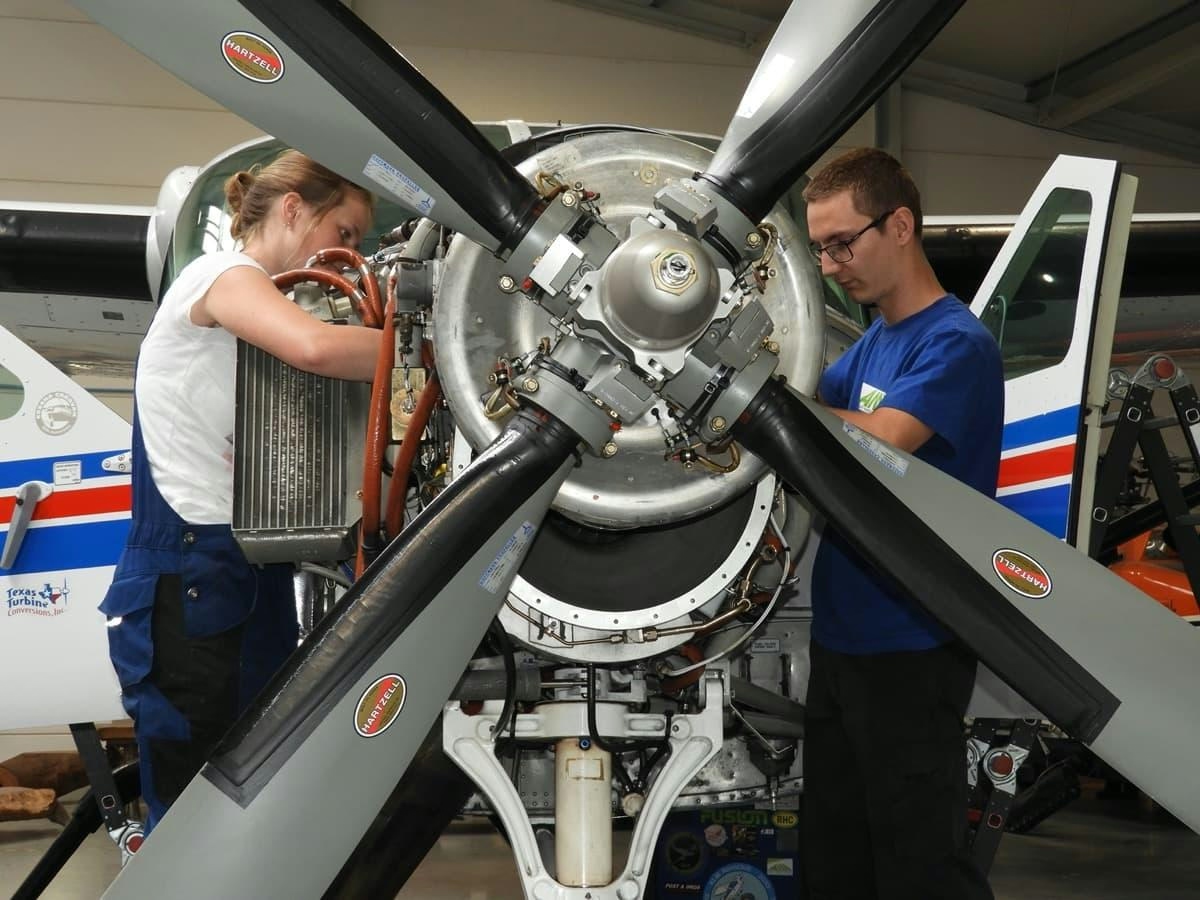
Rano Air Collaborates with Aviation Authorities to Investigate In-Flight Engine Malfunction

Portugal Hosts Aviation Pioneers at World Aviation Festival in Lisbon

World Star Aviation Backs XMAL’s First Lease Deal with easyJet
